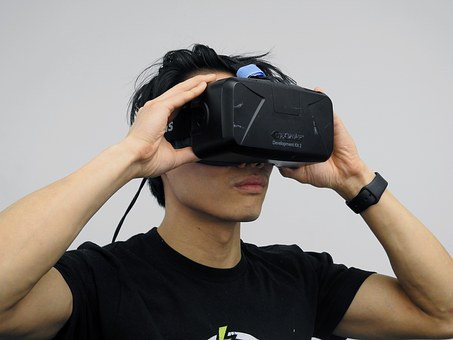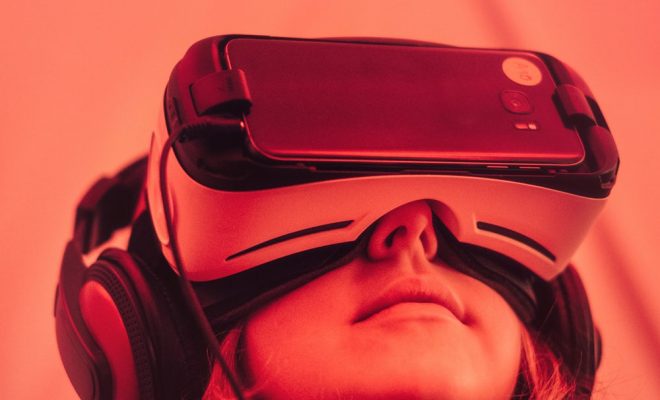7 Questions To Determine If Virtual Reality Training Is Right For You

This article discusses seven critical questions your business should ask when deciding whether Virtual Reality (VR) is the best fit for your training requirements.
Is VR Training Appropriate For Your Company?
VR (Virtual Reality) education takes an average of 8–10 weeks to develop. VR training can be built in as little as four weeks or as long as six months or more.
- How Much Time Do You Have For Training Development?
The time it takes to produce VR training is determined by several factors, including the intricacy of the modeling and the amount of competence of the developers. If your firm just has a few weeks to construct a training plan, VR may not be the ideal option. It may work for your organization if you don’t have a hard deadline and can spare numerous months to produce training.
- What is the amount of your training budget?
When firms design their training programs, the budget is top of mind. VR training can cost anywhere between $20,000 to $150,000 or more, based on the technology used, hardware and software prices, and a variety of other cost factors. Whereas this price range may be intimidating to some, there are ways to cut expenditures, such as:
- Begin with a small cohort of learners in a pilot program;
- Use alternate access choices (e.g., desktop, smartphone, cardboard headsets);
- Make use of existing training resources at your firm.
- Does your workforce have previous experience with 3d visualization?
Although virtual reality is common technology, not all have used it. Organizations must identify solutions to assist their first-time VR training users. Employees may benefit from a walkthrough presentation with a VR specialist before completing their program, or they may benefit from obtaining a printed guide that explains what to anticipate with the headset and VR activities. ee
- Is Interactive Virtual Popular in Your Industry?
VR is a powerful training tool in a variety of industries, from industry and manufacturing to healthcare or transportation. Because of VR’s potential to reduce risk and give learners hands-on instruction that builds muscle memory, these industries have adopted technology for training reasons. For example, as part of their onboarding procedure, a retail business may implement a VR training session for newly employed sales staff. This retail firm can use VR to replicate various client situations, such as responding to frequently asked queries and dealing with upset customers.
- Does your training topic align with the possibilities of virtual reality?
Among the first steps in developing a new training course is determining the training topic(s). Topics for training may include:
- Onboarding
- Diversity, equality, and inclusion (DE&I)
- Technical training
- Leadership training
VR can cover any education topic, but it is best suited for technical jobs that demand hands-on engagement. Learners can conduct an interactive VR exercise in a safe setting while feeling as though they are performing such tasks in real life. For fundamental topics (such as software navigation and cybersecurity), we recommend training modes such as eLearning or Instructor-Led Training, which often cost less and need less development time (ILT).
- Do You Care About Conventional Or In-Depth Metrics?
One significant advantage of VR training is that firms can measure detailed KPIs based on their specific training requirements. A manufacturing company, for example, may want to limit the number of workers’ compensation claims. This organization can now track a range of metrics after adopting its new VR safety activity, including:
- Body and eye tracking
- Learner progress, attempts, and replays
- Voice transcription and recognition
This manufacturing business can use these VR training metrics to identify gaps in their learners’ understandings as well as areas that students have mastered. These metrics not only provide information on each learner’s experience with the activity, but they may also assist organizations in demonstrating the good ROI of their training.
- Do you already have training that can be used with virtual reality?
Perhaps your company already has training materials that you’d like to use in your new training program. Organizations can employ VR to supplement current content (for example, eLearning modules, facilitator manuals, and ILT slides). Instead of developing training from scratch, businesses can combine their existing resources with their new VR activity. These items could be used to inform VR content or as learning reinforcement tools to accompany the VR experience.
Is Virtual Reality Training the Right Training Mode for You?
We hope that after reading this post, your company has a clearer sense of whether VR is the right training modality for you. So, it’s time to ask oneself, “Is virtual reality a suitable fit for my organization?”






